Business transformations with HP PageWide
HP's PageWide technology has transformed the way businesses operate.
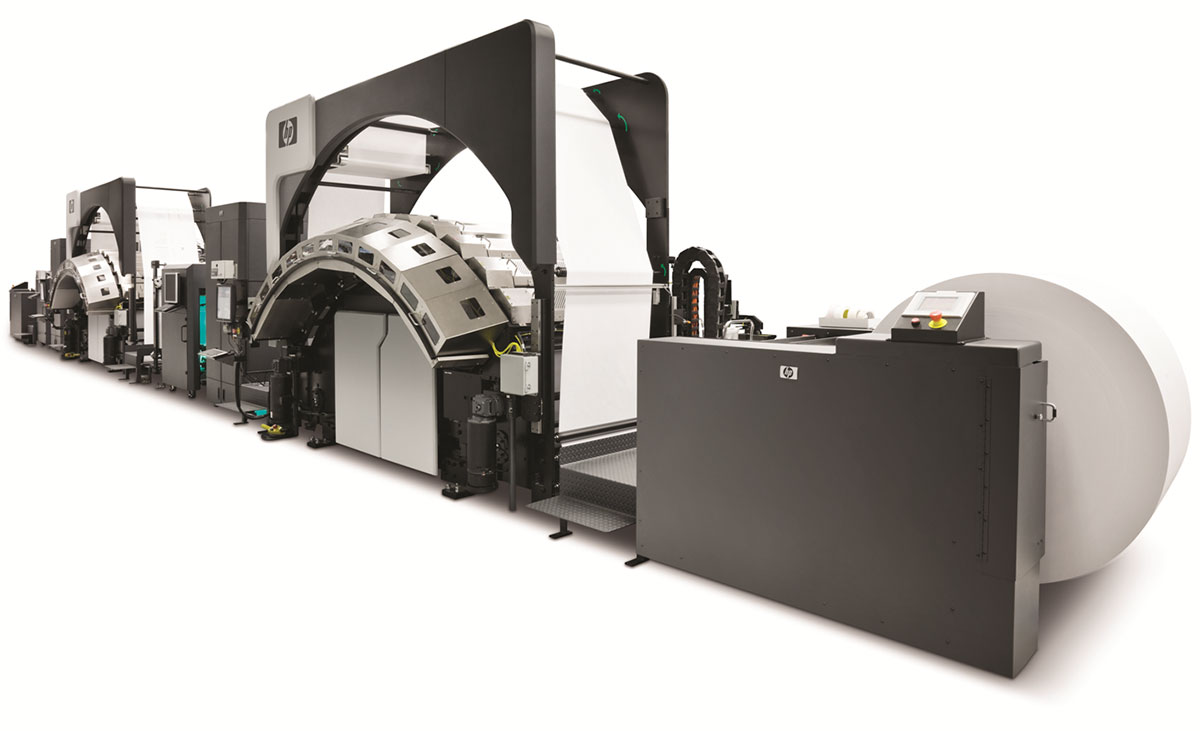
By any yardstick, HP's PageWide technology is revolutionary. Through harnessing the power of a single printhead spanning the whole width of the page, it enables printers to run at higher speeds with lower running costs, leading the industry on reliability while delivering exceptional, professional-quality prints. Yet the true potential of PageWide lies not in what the technology does, but in what it enables businesses to do.
The technology behind PageWide is already transforming whole industries, enabling companies to operate more effectively with greater flexibility and speed. It also has a crucial role to play in what may be the biggest transformation in manufacturing in half a century. Yet PageWide can also change the way ordinary businesses of every size work, freeing up space, time, manpower and money. That, in itself makes an attractive prospect, but what's really exciting is what comes next.
PageWide has been here for a long, long time' says Phil Oakley, HP's Print Category Manager for the UK and Ireland. We've had it as a patented technology something we've been working on for nearly fifteen years. Being able to get a printhead with millions of nozzles firing with the speed and accuracy for office printing was always the vision, but it needed time or the reality to catch up.' Now catch-up it has, with a technology born in large-scale commercial printing scaling downwards to cover everything from large-format printers to small workgroup models. In every industry it touches the effects are powerful.
Enter the Web Press
In the commercial publishing industry, HP's PageWide Web Presses are helping to transform the way the whole business operates. It's an industry that has historically been reliant on old lithographic press technology; a technology that enabled high-volume, high-speed, low-cost printing, but that's no longer flexible enough to cope with the demands of the digital age. When it might take a day or more to set up a press to handle a volume print run, printers and publishers need to print in bulk to make setting up the press worthwhile. There's also little scope for small runs or personalisation, and any delays or last-minute corrections come with a high price tag attached.
As Oakley explains, with digital workflows and PageWide Web Press technology, these limitations fall away. Printers can set-up small print runs in a fraction of the time, or mix different jobs of different sizes together in the same day's work. You can print manuals, magazines or books almost on demand with lower costs. You can offer options like personalised or localised versions, creating opportunities for higher margins without significantly higher costs. The result? While lithographic printing specialists struggle on, commercial print and publishing companies face new opportunities, enabling them to compete and offer compelling new print products in a competitive, digital-focused world.
Transforming Large Format Printing
You can see something similar happening in large format print, and particularly in the sector focused on servicing the construction and architecture industries. For nearly four decades this market has been dominated by large-format, toner-based LED printers big, power-hungry monochrome machines while the costs associated with colour printing have made colour a non-starter. In this sector, speed and cost per page are crucial factors, but quality and accuracy are even more so. After all, when 1mm out on a plan can mean 10m in reality, plans and schematics really need to get everything right.
Previous HP large format printers have always scored highly for colour printing and quality, but with PageWide, says Phil Oakley we've finally got both the speed and the quality cracked.' PageWide XL large format printers can print at speeds of up to 30 D/A1 pages per minute, with durable, smear-proof pigment inks and up to 50% savings in total running costs.
What's more, HP has solved the other big challenge: paper handling. When you have an A1 print coming every second, you have to be able to do the paper handling', says Oakley. When 1,000 plans have to be folded to go off to electricians, plumbers and all the different players in the construction process, they have to go out folded and labelled correctly. As a solution, PageWide would be pointless if it couldn't handle the paper coming out as well.'
Through a combination of performance, low cost per colour page and robust paper handling, PageWide XL printers are having a significant impact on the businesses that use them. Firstly, they're making colour affordable, allowing architects and engineers to harness the power of colour to make even complex plans easier to follow. Secondly, when a PageWide XL printer can do the work of several existing LED or inkjet printers with lower power consumption and running costs, companies can find other ways to use the space and money. For example, Oakley points to a world-class firm of architects that has been able to employ an additional 25 architects in the office space vacated by old printers. That's a major change that enhances the firm's bottom line.
The future of manufacturing
One of HP's big bets for the future is Multijet Fusion; a ground-breaking 3D print technology that enables companies to print more complex 3D objects in less time and at lower costs. Multijet Fusion is much faster than long-established Stereolithography methods, printing models that used to take 15 hours in half an hour, and creating a fully functional, near-finished object. It can print with several different materials simultaneously, enabling objects with different colours or materials to be printed as one, or the printing of complex parts such as printed circuit boards.
At first, Oakley believes, we'll see Multijet Fusion make its mark in rapid prototyping and the manufacture of parts for research, developing and testing. This alone could cut time to market, cut costs of R&D and transform how products are developed, launched and changed. Beyond that, he sees Multijet Fusion working behind the scenes in manufacturing, printing parts on demand for the machines in the assembly line. Beyond even that, Multijet Fusion might one day play a major part in manufacturing, enabling manufacturers to move from stock holding models to a method where you no longer need to stock or store products or components you just print them, as needed, on demand.
They can do things much cheaper, much faster and in a way that's much more flexible' says Oakley. The 3D print industry is probably the biggest transformation of industry I've ever seen, and we're going to be right at the forefront of that.' And why is this relevant to PageWide? Well, the basic method of 3D printing involved uses printheads laying thin films of material, layer by layer, to create the finished object. Multijet Fusion owes its speed to the way it uses an array of printheads, stretching across the workspace, to print each layer one line at a time. In other words, as Oakley puts it, the technology at the heart of it is PageWide.'
Transforming your business
So, PageWide is disrupting the commercial print market, redefining large-format printing and creating the foundations of what could turn out to be a world-changing technology. That's all very exciting, but what does it mean in the average business?
Well, just as the PageWide technology is scaling down for office printers, so many of the benefits we've talked about are scaling down as well. With 70ppm speeds, enterprise-grade management features and superb quality, one PageWide printer can do the work of several existing office printers. With fewer printers, each using less power and boasting lower costs-per-page than equivalent office printers, PageWide can save companies money, not just in the initial investment but month-on-month and year-on year. What's more it can save them space.
And what does that mean? Imagine what your business could do with extra room and resources? Could you shrink its footprint and trim overheads? Could you employ more staff and do more business? Could you redeploy the resources being used on printing to push new projects that could chase new markets, enhance working practices or have an impact on the bottom line? The really exciting thing about PageWide isn't how the technology works, but what your business could do as a result.
Get the ITPro daily newsletter
Sign up today and you will receive a free copy of our Future Focus 2025 report - the leading guidance on AI, cybersecurity and other IT challenges as per 700+ senior executives
ITPro is a global business technology website providing the latest news, analysis, and business insight for IT decision-makers. Whether it's cyber security, cloud computing, IT infrastructure, or business strategy, we aim to equip leaders with the data they need to make informed IT investments.
For regular updates delivered to your inbox and social feeds, be sure to sign up to our daily newsletter and follow on us LinkedIn and Twitter.
-
 AI is helping bad bots take over the internet
AI is helping bad bots take over the internetNews Automated bot traffic has surpassed human activity for the first time in a decade, according to Imperva
By Bobby Hellard
-
 Two years on from its Series B round, Hack the Box is targeting further growth
Two years on from its Series B round, Hack the Box is targeting further growthNews Hack the Box has grown significantly in the last two years, and it shows no signs of slowing down
By Ross Kelly
-
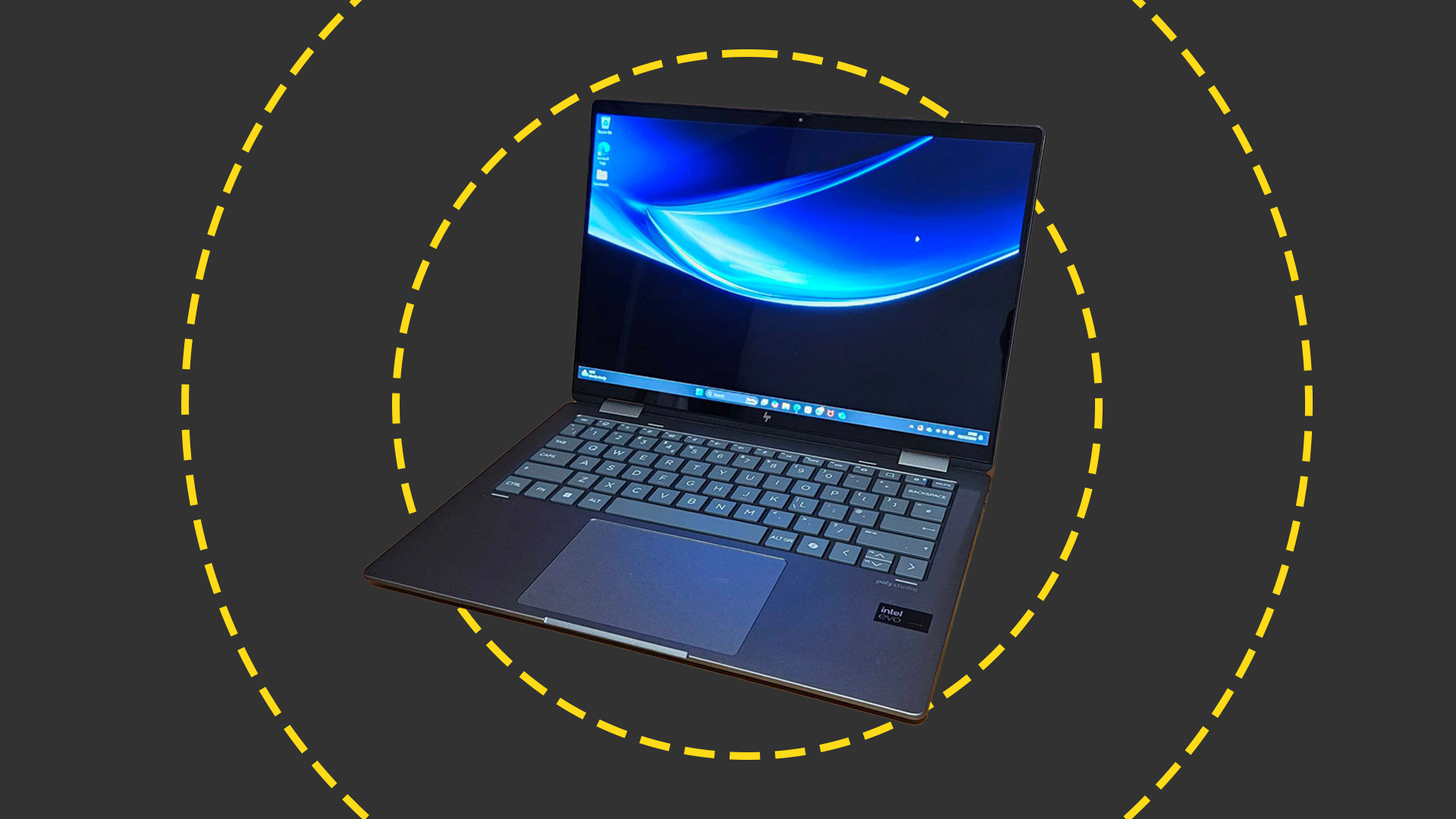 HP Envy x360 2-in-1 (14-FC0009NA) review: A cut-price AI PC for the enterprise
HP Envy x360 2-in-1 (14-FC0009NA) review: A cut-price AI PC for the enterpriseReviews The Intel-powered HP Envy x360 is a decent punt for its price point despite a few bugbears
By Keumars Afifi-Sabet
-
 Dell, HP post underwhelming returns as PC market remains in a state of flux
Dell, HP post underwhelming returns as PC market remains in a state of fluxNews Original equipment manufacturers (OEMs) are contending with an impending Windows 10 EOL and a burgeoning AI PC market
By George Fitzmaurice
-
 Help skilled workers succeed with Dell Latitude 7030 and 7230 Rugged Extreme tablets
Help skilled workers succeed with Dell Latitude 7030 and 7230 Rugged Extreme tabletswhitepaper Help skilled workers succeed with Dell Latitude 7030 and 7230 Rugged Extreme tablets
By ITPro
-
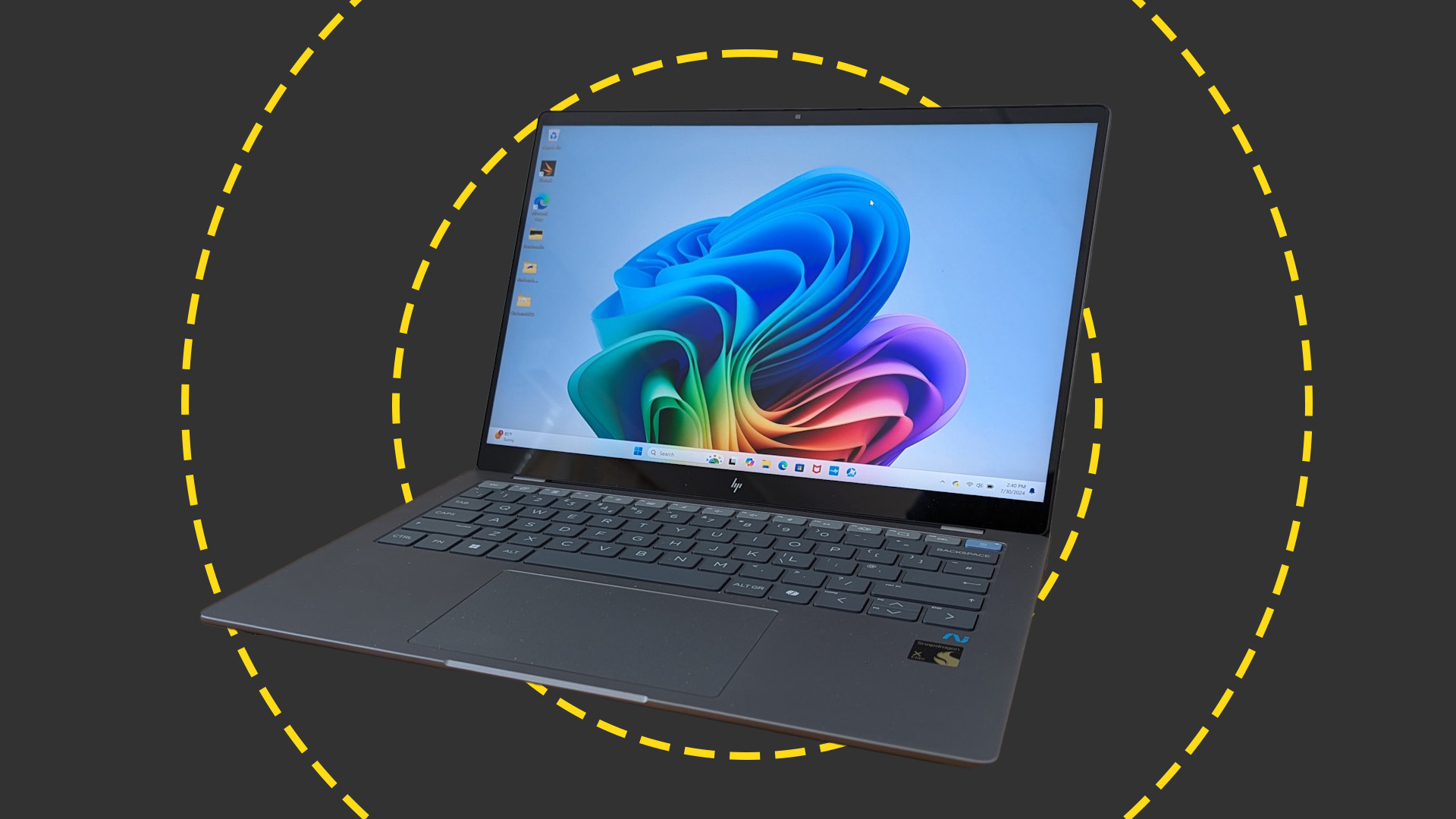
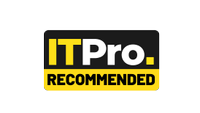 HP OmniBook X 14 review: Incredible battery life meets Copilot+ AI
HP OmniBook X 14 review: Incredible battery life meets Copilot+ AIReviews Ignore the slightly underwhelming screen and you have a brilliant thin-and-light laptop with AI capabilities and superlative battery life
By Stuart Andrews
-
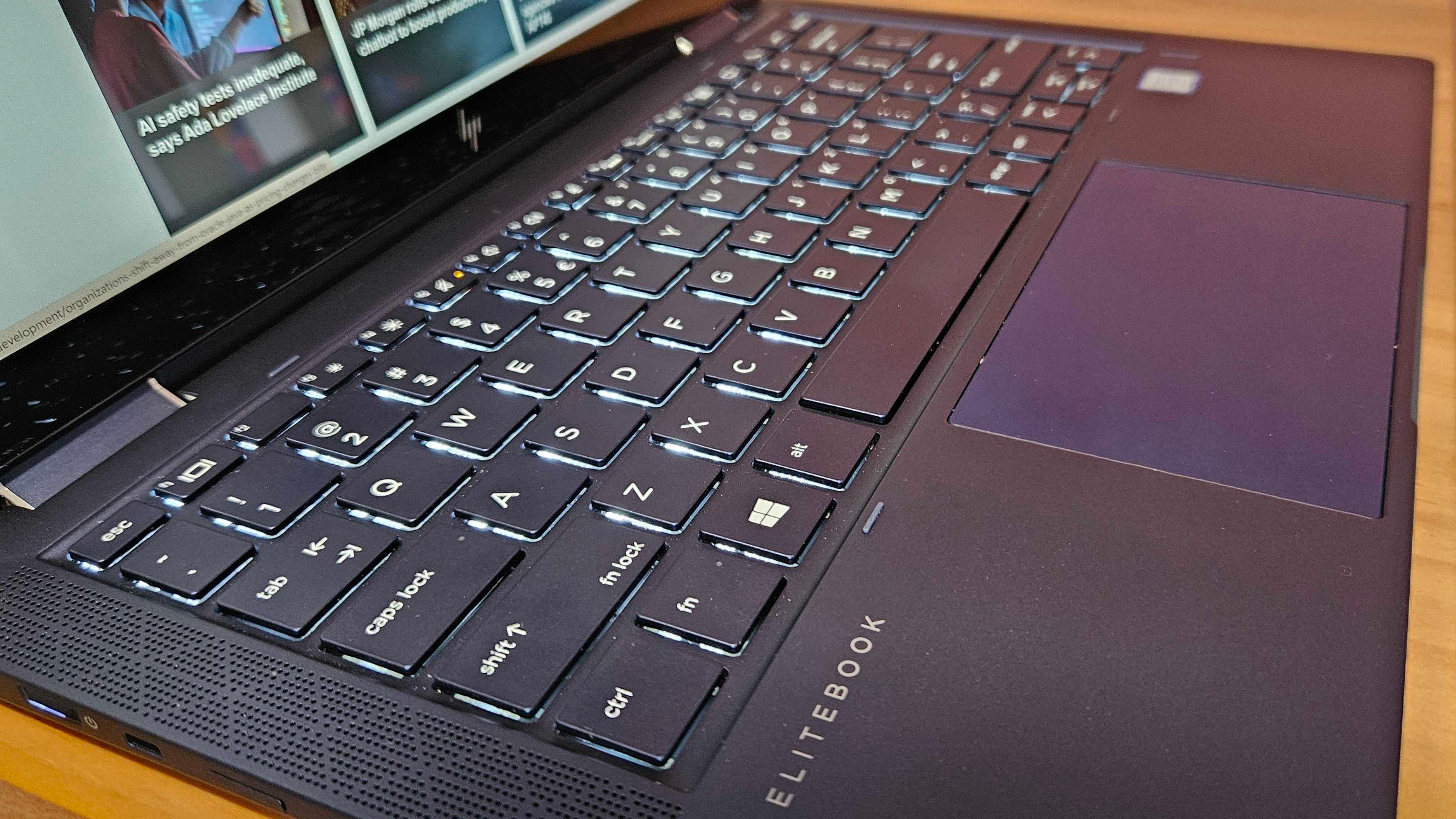 HP has scrapped its most compelling device as it aims for AI PCs — there is nothing like it left on the market
HP has scrapped its most compelling device as it aims for AI PCs — there is nothing like it left on the marketOpinion The HP Elite Dragonfly had everything you needed – a great battery, plenty of power, all the ports, and a fantastic display – until it was killed off
By Keumars Afifi-Sabet
-
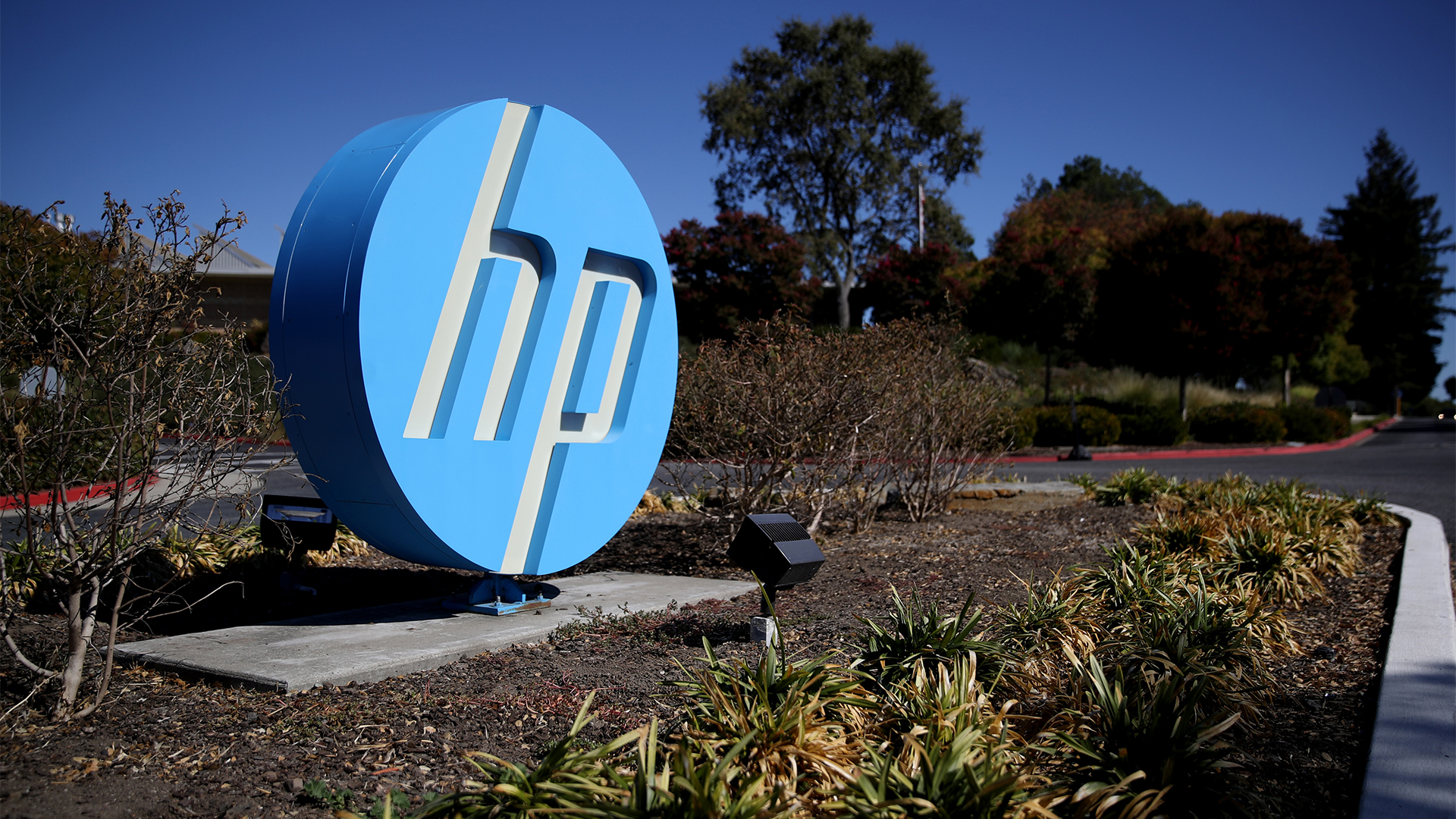 HP shows the AI PC ecosystem is starting to bear fruit — is it time for businesses to take note?
HP shows the AI PC ecosystem is starting to bear fruit — is it time for businesses to take note?Analysis The era of the AI PC may soon be upon us as software vendors start to realize the potential value of processing AI workloads locally
By Solomon Klappholz
-
 HP caps off its PC overhaul with the launch of the OmniBook Ultra 14 – its most powerful AI-powered laptop to date
HP caps off its PC overhaul with the launch of the OmniBook Ultra 14 – its most powerful AI-powered laptop to dateNews With the HP Dragonfly, Spectre, and Envy brands ditched in sweeping restructure of device portfolio, the OmniBook Ultra 14 marks the first major step into the era of the AI PC
By Solomon Klappholz
-
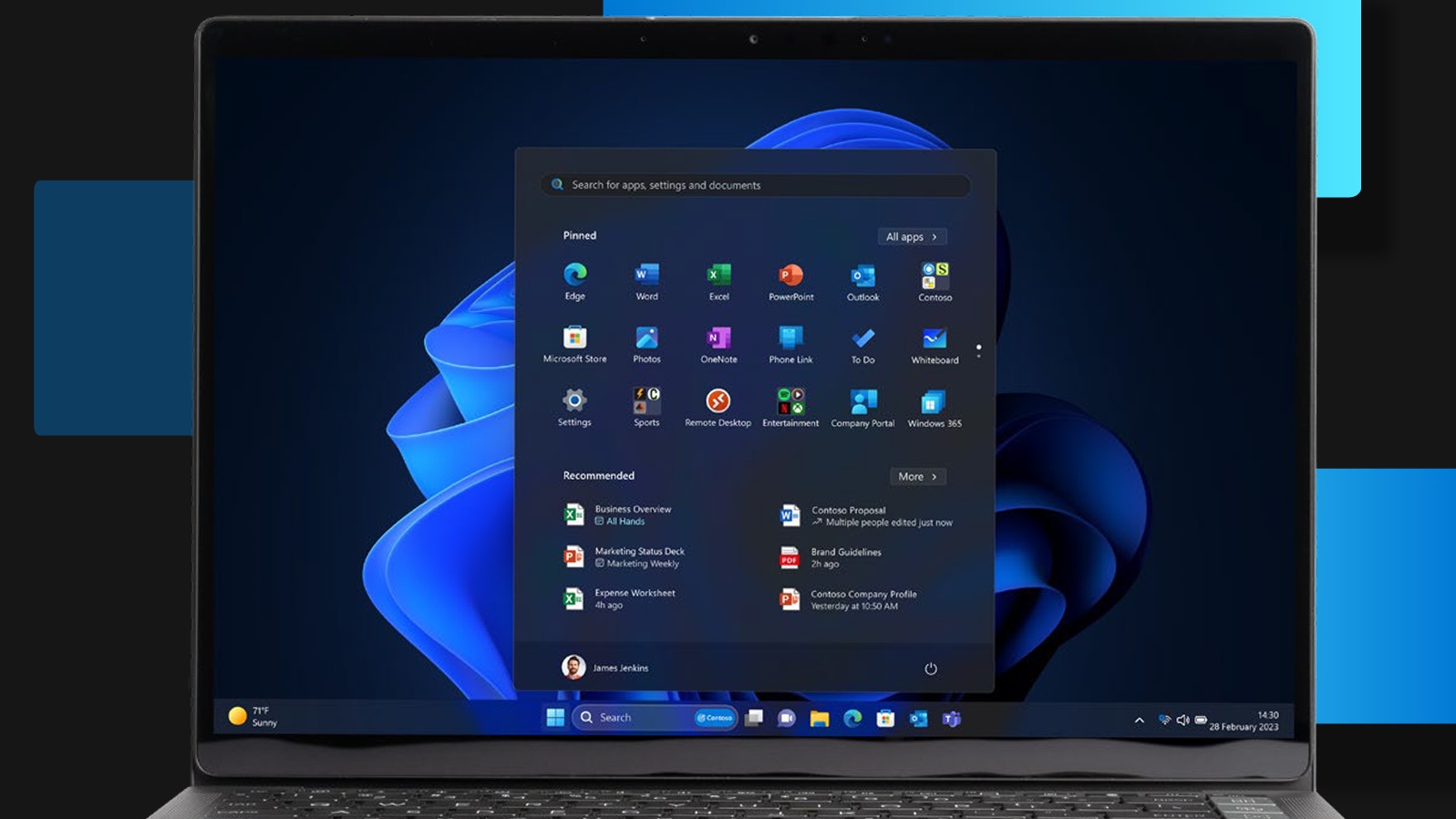 Windows 11 Pro and CDW - Overcoming today's escalating cyberthreats
Windows 11 Pro and CDW - Overcoming today's escalating cyberthreatswhitepaper Employing a security-by-default approach with the latest Windows 11 Pro devices
By ITPro
